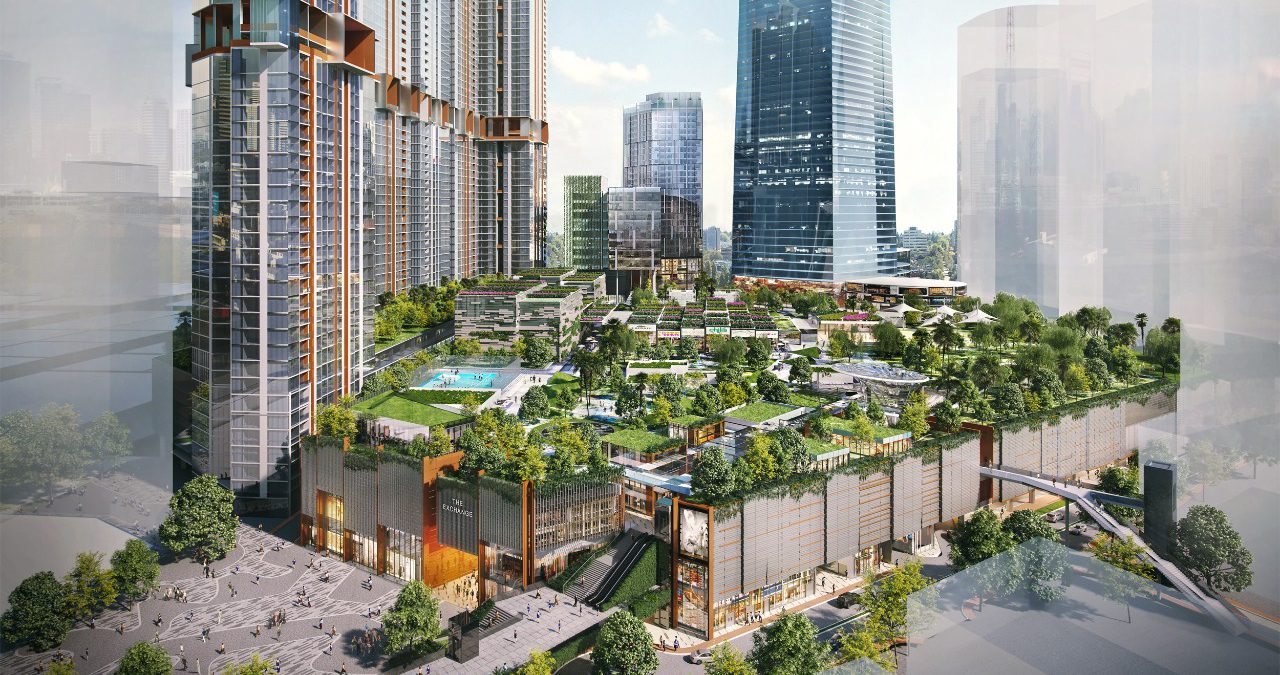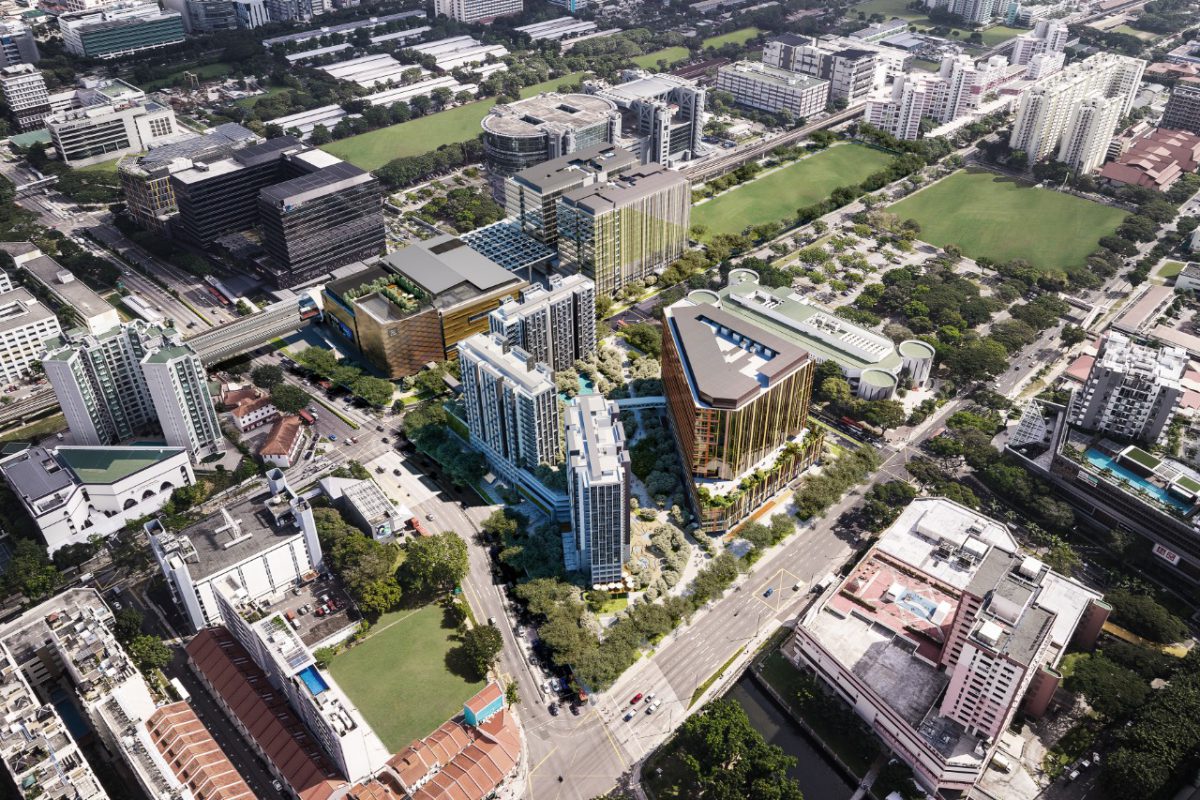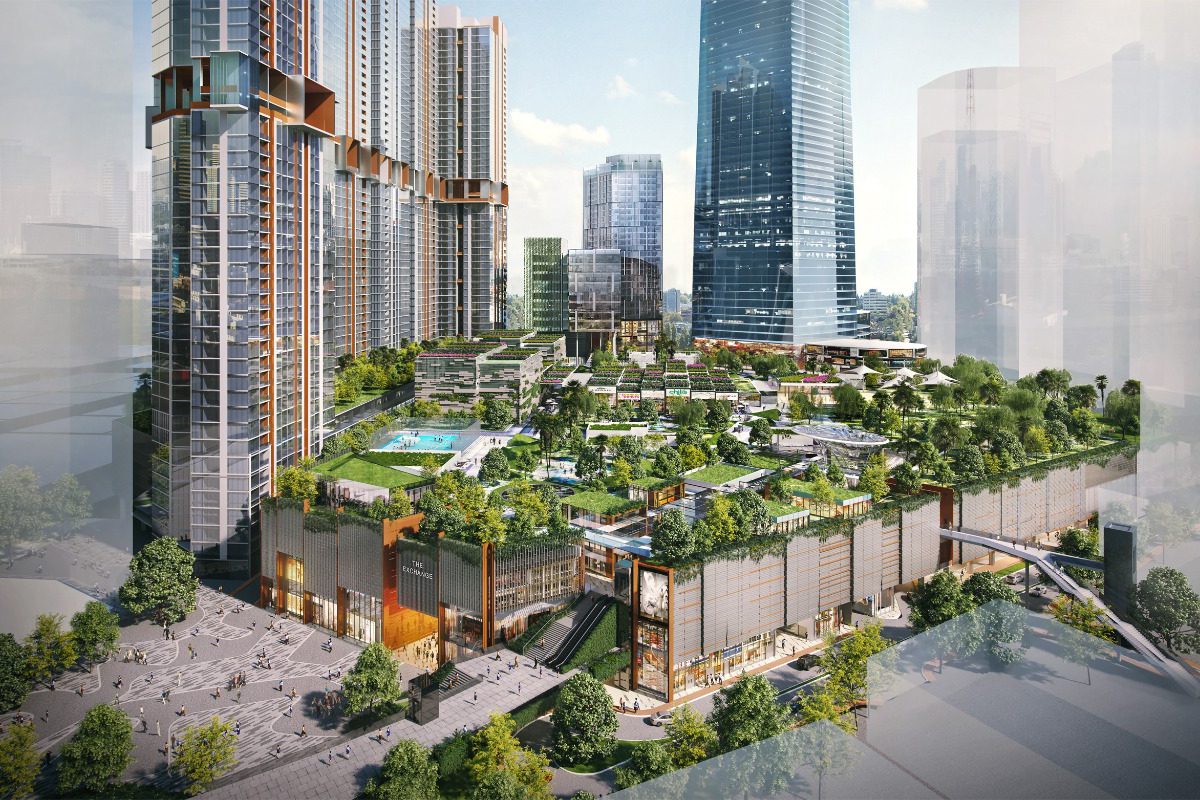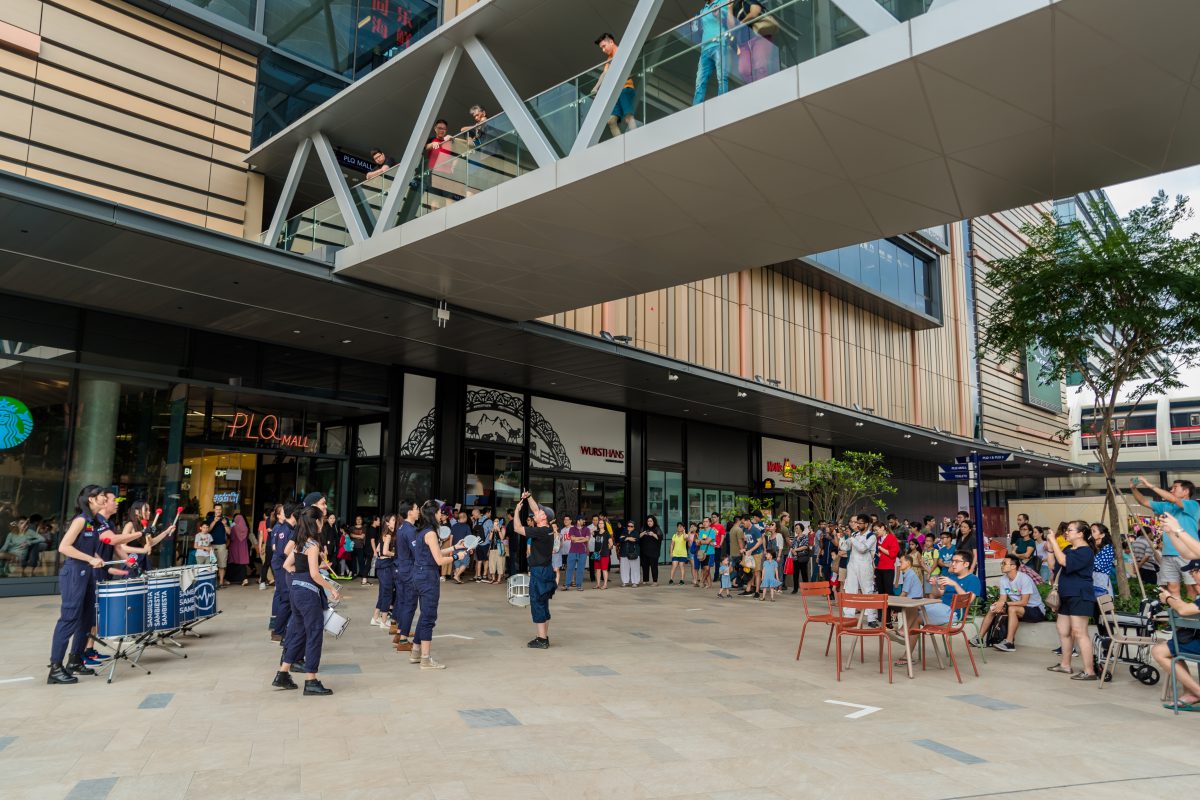
Keep up with our latest news and projects!

Today’s technology and changing lifestyles require us all to rethink our approach to cities. Nowhere in the world is this more evident than across Asia, where the scale, density and acceleration of urbanisation is happening at a rate unimaginable in the West: one million new people arrive into Asian cities every week.
To succeed, we must focus on ensuring that our cities are so much more than just centres for commerce. The leading cities of the future will be those that capture the imagination and passion of their communities.
Beyond the tragic human suffering and economic impact of the COVID-19 pandemic, the compulsory social isolation we experienced in 2020 emphasised two clear themes:
Whilst it may take time to restore confidence in mass gatherings and international travel, the draw for human re-engagement in our cities is ensured. Everywhere people are awaiting the opportunity to re-engage and socialise.
The real estate industry can often forget it is in the ‘people’ business… The bricks and mortar, steel and glass are a means to an end, but not the ultimate purpose. The winning cities are those that focus on the wellbeing of their citizens, enhance people’s lives, and contribute to social, environmental and economic outcomes.
In the past, the roles cities played were primarily based on function and transactions. Millions commuted to CBD workplaces to undertake tasks based on production, administration and access to goods and services. Technology has negated much of the requirement for people to meet in person to undertake business or exchange goods.
Tomorrow’s cities face new challenges, primarily around environmental and social demands. There is an increasing realisation of the need to focus on talent, sustainability, social cohesion and liveability. ‘Place’ is imperative to achieving these outcomes.
A scan of the many current city ranking tools show that whilst there are a host of varying metrics, there is a universal alignment that the most successful cities in the future will be those which provide their residents, workers and visitors with great places.
This requires us all to shift our thinking about place, from ‘cost’ to ‘investment’. A recognition that improved liveability underpins the success of a city and the wellbeing of its people. Like investing in quality, brand and reputation, investing in place requires a holistic perspective.
There is a strong correlation between the value of real estate and the quality of place in which it is located. Whilst place creation has a cost of delivery and curation, like good buildings, well-delivered and managed places also generate returns and value. Smart business and smart Government are increasingly recognising the value of place and through collaboration and a shared vision, remarkable city transformations are being pursued and achieved.
Two current Asian examples where place creation is at the centre of major integrated development are at The Exchange TRX in Kuala Lumpur and Paya Lebar Quarter in Singapore. Both projects are based on a fundamental belief that the best mixed-use assets are founded in authentic and connected places that provide generous community and public benefit.
Paya Lebar Quarter (known as PLQ) in Singapore is a S$3.6 billion development that provides a distinctive, pedestrian-friendly destination for people to live, work, shop and visit while also contributing to the Government’s policy to improve liveability and enhance major mixed-use district centres surrounding the CBD.
PLQ has a collection of offices, condominiums, and retail, linked by mass transit and providing public realm and community amenity. It is climate-responsive, energy-efficient and incorporates a new covered public plaza, green parkland, outdoor dining, playground, cycle routes and more. The site also includes three times more trees than the previous open land.
Social value has been delivered through respecting and celebrating the cultural history of the local Malay community in the design, which is orientated around a comfortable, people-friendly public plaza and linear park with generous public seating, shading and activated by F&B, public events and pop-ups. The quality of place creation has transformed Paya Lebar into a highly desirable place to work, live, dine and shop.
The Exchange TRX is located in Kuala Lumpur and is the centrepiece of the Malaysian Government’s 70-acre RM$40 billion visionary transformation project, which aims to reshape the city and enhance its performance through the creation of a world-class business and financial centre. The Exchange TRX is directly connected to mass transit and will comprise a hotel, an A grade office, over 2,000 condominiums, the city’s prime retail and leisure offer, and a new ten-acre city park. The development will significantly increase biodiversity in the city and include children’s play facilities and cultural events. It brings to life the experience economy where the quality of place and focus on people is at the forefront of the design.
PLQ and the Exchange at TRX both represent a major investment in placemaking, redefining their respective city districts, contributing to shaping a brighter future for the city and its citizens.
 Lendlease brings world-class placemaking to Paya Lebar Quarter in Singapore, which held its grand opening in October 2019
Lendlease brings world-class placemaking to Paya Lebar Quarter in Singapore, which held its grand opening in October 2019
 The Exchange TRX in Kuala Lumpur is at the centre of the city’s new financial and business district.
The Exchange TRX in Kuala Lumpur is at the centre of the city’s new financial and business district.
Creation of place starts with a vision co-created from a deep understanding of the needs and aspirations of the city and its communities. The best projects always have both strong Government and Private sector champions committed to a bigger outcome.
Unfortunately, too often, place is thought of as a ‘nice-to-have’ if there is time and budget left at the end of a project. To optimise a project’s long-term value, the place vision must guide and inform all aspects of its design and ongoing curation.
To help generate a greater understanding of the value of place, we must become better at articulating the drivers and results that will enhance a city. The identification of agreed metrics to assess place outcomes shifts the focus from cost to also measuring the benefits created.
A place vision that is embedded early and passionately implemented across the life of a major urban development will deliver transformational change and a material uplift in value for all stakeholders.
 Paya Lebar Quarter Plaza.
Paya Lebar Quarter Plaza.